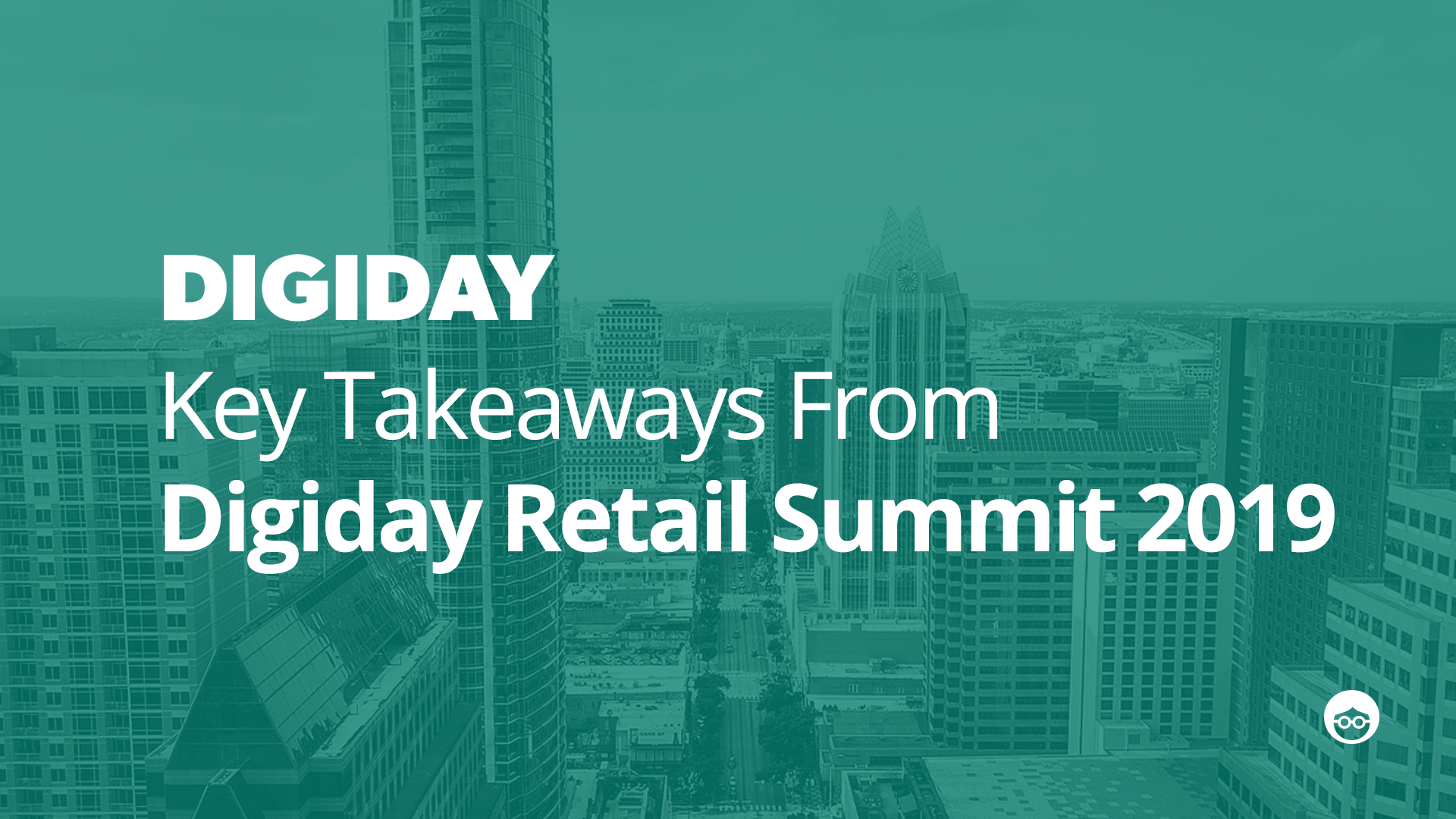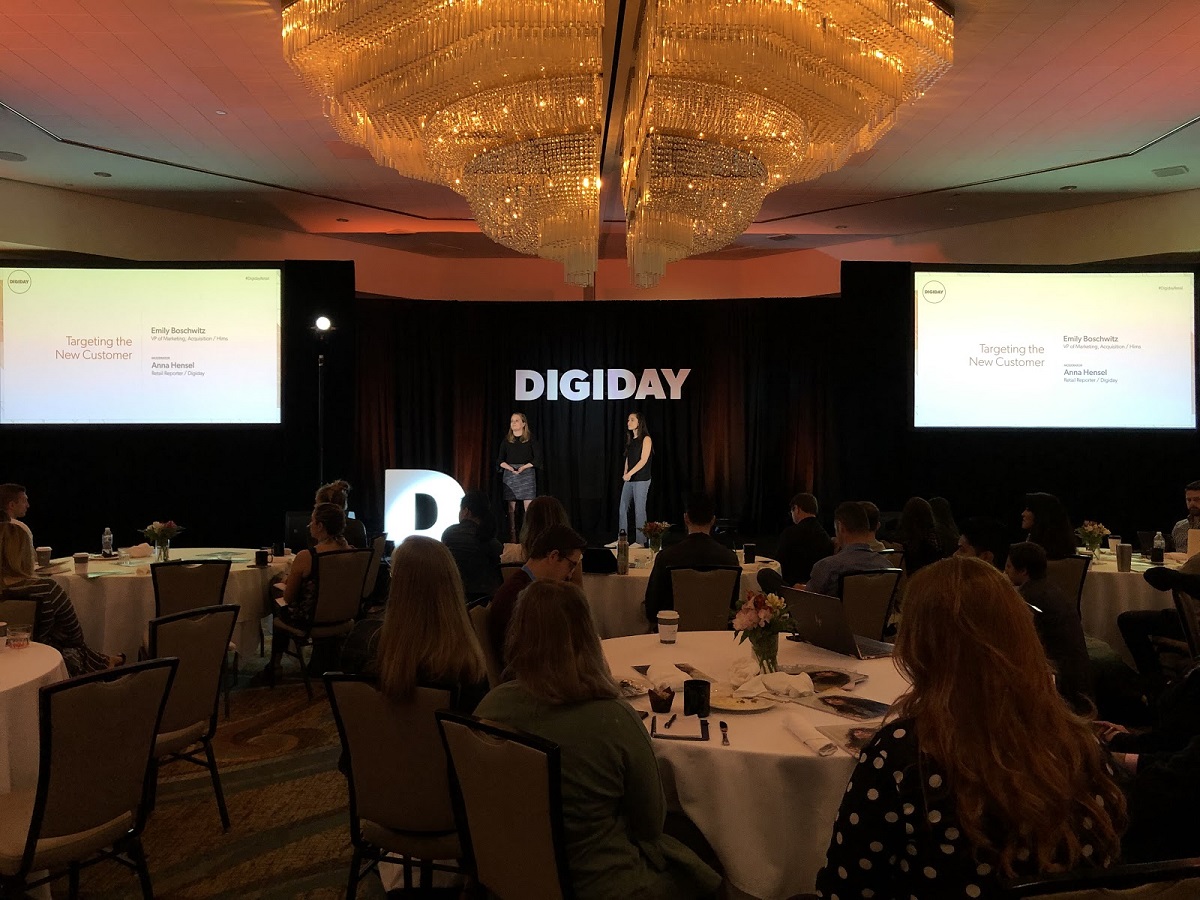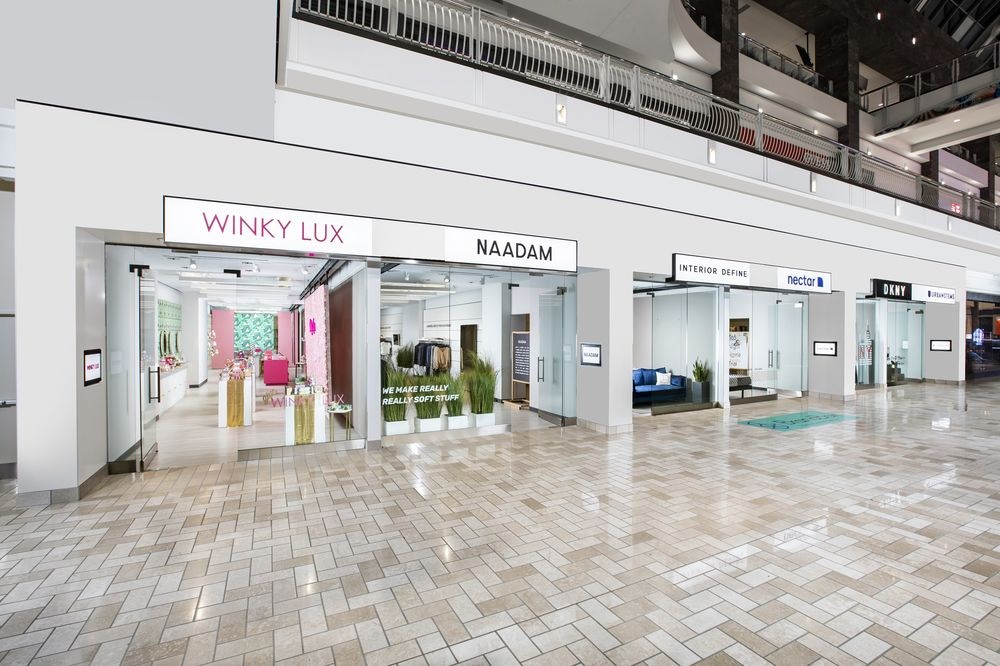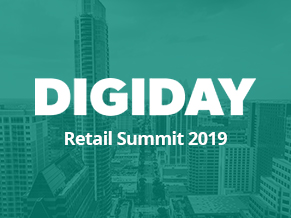Retail = Reinvention: Digiday Retail Summit Recap

Three main takeaways about the future of the retail industry, taken from Digiday’s Annual Retail Summit in Austin, Texas
As consumers, we’ve reached the golden age of shopping. With so many tools out there to make our purchase decisions’ smarter, our wants and needs are more important than ever. The question is, can retailers keep up?
No doubt there have been some game-changers; disruptors of the retail industry if you will, (Casper, Quip, Mack Weldon, Dollar Shave Club, etc.) that make traditional legacy brands question if they need to adopt a new way of thinking. Do they tap into Amazon and Instagram Shopping? How do they balance that e-commerce play with physical locations? With the help of data, we’re starting to find answers to these questions.
Brick & mortar stores still matter, but now it’s about an in-store experience rather than just a purchase. Word of mouth will always drive sales, and brands can now accomplish this through influencer partnerships and podcast marketing. The real challenge for brands old and new now becomes how to leverage customer data and technology to make the consumer buying journey hyper-personalized.
Outbrain was lucky enough to attend Digiday’s Retail Conference in Austin, Texas, where top executives from around the country shed some light on their approach and challenges to a modern marketing mix. Below are a few top-takeaways from the event.
Personalization Through Data

I didn’t keep count of how many times the word ‘data’ was said during the conference’s three days, but it was easily the most repeated buzzword. Right now, data is both a massive challenge and opportunity for brands. There’s an immense amount of it out there, but organizing it and using it to direct business decisions is something that will never be a perfect science.
That said, collecting data can actually be easy, the trick is jumping right in. Brands have moderated Facebook groups for early adopters and loyalty members to gain feedback in an intimate way. They’re also leveraging chatbots in conjunction with customer service reps to find the most frequent pain points and wants from customers. For more research-focused data, brands are becoming more mature in analyzing transactional purchase information and cross-referencing it with demographic, geographic, and lifestyle attributes to really understand who their customer is.
In addition to all of this wholesome feedback and understanding, VR, AR, and computer vision are starting to become massive components to every brand’s e-commerce strategy. Ever wonder what earrings look like on your ears, or how a certain piece of furniture will look next to your precious plant? These consumer challenges are now becoming fixable thanks to modern technologies. And with that, consumers are making purchases more easily and smarter than ever before. There’s a confidence in buying, and that’s what brands are trying to instill through technology.
While most companies prefer to build solutions in-house, outsourcing some of this work will never go away. Even as brands continue to advance their online presence, real-world stores are imperative to success.
The Store of The Future
Brands get built online in 2019. It’s no secret. Still, having a physical retail location for consumers to try on and feel a product is massively important.
For a company like Allbirds, they didn’t think they’d have so many locations this early. Once they started doing pop-up shop around major U.S. cities they saw an immediate impact. The halo effect was real. They saw a strong group of people finding out about Allbirds in-person, then re-engaging with the brand online. Stores exceeded their expectations financially, and they’re now expanding internationally.
While Allbirds is known for its minimalistic products and storefronts, other brands are taking a different approach, making stores Instagramable experiences meant to be remembered. From cupcake bars to tours through history in houses that look Joanna Gaines-inspired, creative DTC brands are reinventing how consumers shop in-person.
One of the cooler companies helping achieve this reality for DTCs is BrandBox. They’re a new initiative brand from retail group Macerich, who are rethinking the way modern shopping malls look and function. They essentially acquire large retail spaces in malls and divide the space into 500 x 500 highly customizable units. Brands looking to test an in-store experience can now be alongside other online leaders without a massive space and lease commitment.

Courtesy: BrandBox
Not only does Brandbox give you the physical space, but the store is equipped with some of the best data-collecting technology out there. Things like daily footfall, dwell time, traditional sales data, and more can now be collected and iterated on to help optimize the shopper experience.
Just like a diverse marketing mix, in-store experiences are starting to provide something for everyone. Whether you’re a get in and get out type of person, or you have free time to sip a glass of wine in between trying on outfits, the future of stores and shopping will cater to each individual’s needs.
“If Facebook goes down, our business goes down,” a.k.a Diversifying Channels
Yes, a top executive from a well-known fashion brand actually said this on-stage at the conference. After a few nervous laughs on-stage, mimicked by the audience, it was clear others also felt this pain. It wasn’t a surprising comment. What was surprising is that although this is a common sentiment, brands are just now reinvesting in other solutions that help diversify ad spend at scale. Having said that, it’s a complex problem to solve and a top source of anxiety for brands.
Jaysen Gillespie, VP & Head of Analytics & Data Science at Criteo, said it’s all about finding your audience wherever they are.
“Even with the massive brand penetration on social media, 46% of consumers say they find out about new products on websites, not social media. You need to find where your audience exists, and how to reach them in new ways.”
Digital is a massive piece of advertising, but out-of-home, newspaper, audio marketing initiatives, and more are making a comeback. In fact, the VP of Acquisition for a modern wellness brand said they spend less than 50% of their marketing dollars on Facebook and Google. This shift in marketing budget prioritization was a constant theme over the three days. As consumers crave more physical world interaction, brands are now being forced to meet them on their terms.
When it does come to digital, Outbrain offers just that to marketers. The ability to reach your customer base via first and third-party data integrations, lookalike models off of your most recent purchasers’ content consumption habits, and transparent publisher optimizations across some of the highest quality sites on the web. We advertise where consumers are every day; reading articles online. Heck, you’re reading one right now!
If native advertising is something you’ve always thought about and want to give a try; awesome. We’d love to work with you. Drop us a line, or simply get started (and we’ll help you along your native journey!).




